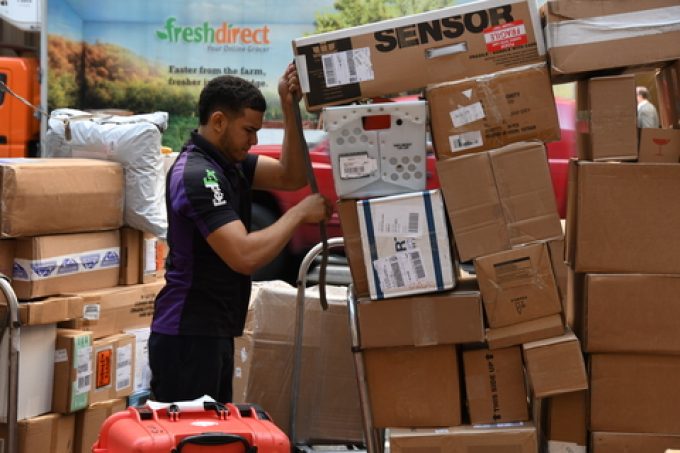ANA postpones Nippon Cargo Airlines takeover until May
The long-running takeover of Nippon Cargo Airlines by ANA Holdings has been postponed yet again, ...

“Constrained” labour markets took a bite out of FedEx’s first quarter profits as it recorded a near 12% decrease, leading the integrator to up its rates.
Year-on-year operating income for the three months to August dropped from $1.59bn to $1.4bn, but a 12.3% climb, to $22bn, in revenues seemed to leave chief executive Fred Smith bullish on the company’s direction, even as he bemoaned labour shortages.
Mr Smith said: “The execution of our strategies continues to drive higher demand for services, despite ...
Asia-USEC shippers to lose 42% capacity in a surge of blanked sailings
Why ROI is driving a shift to smart reefer containers
USTR fees will lead to 'complete destabilisation' of container shipping alliances
New USTR port fees threaten shipping and global supply chains, says Cosco
Outlook for container shipping 'more uncertain now than at the onset of Covid'
Transpac container service closures mount
DHL Express suspends non-de minimis B2C parcels to US consumers

Comment on this article